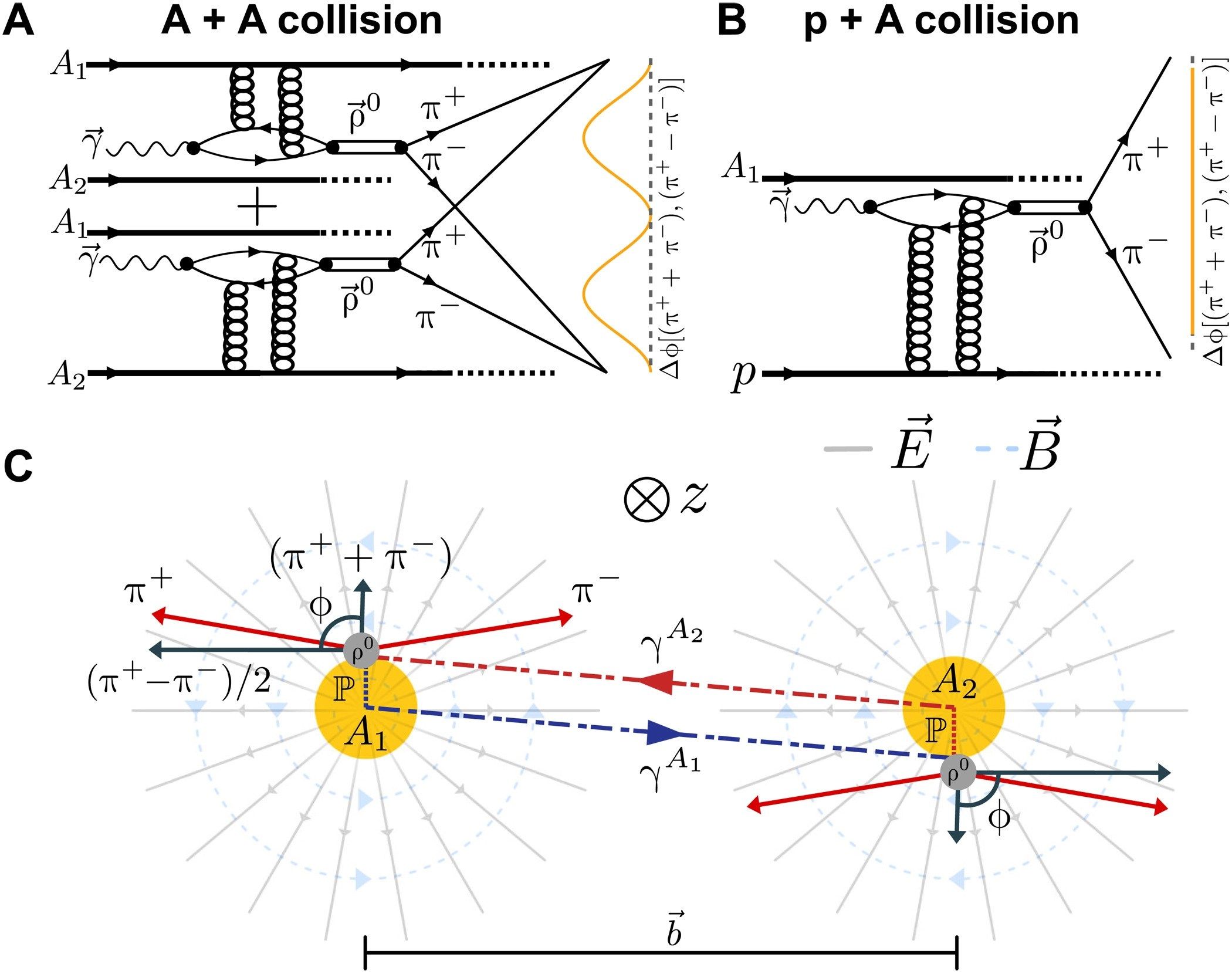In recent advancements in quantum physics, the phenomenon of bosonic entanglement has attracted considerable attention. This fascination stems from a combination of novel theoretical developments and experimental confirmations. Bosons, as integer-spin particles, interplay fascinatingly in quantum mechanics, particularly when entangled. This article delves into the intimate realm of bosons forming what can be termed a “quantum threesome,” underscoring how this complex interaction provides critical insights into the fundamental nature of reality.
Bosons, such as photons, gluons, and Higgs bosons, are distinct from their fermionic counterparts, which obey the Pauli exclusion principle. While fermions delineate a realm of individuality among particles, bosons exhibit an intrinsic propensity to coalesce. This characteristic ultimately allows for multiple indistinguishable bosons to occupy the same quantum state. Such behavior has sparked a flurry of inquiries into entangled bosonic systems, resulting in deeper understandings of both quantum mechanics and the potential for novel applications in quantum computing and cryptography.
Delving into the intricacies of quantum entanglement, one finds that it embodies a non-classical correlation between particles that persists beyond spatial separation, a phenomenon that Albert Einstein referred to as “spooky action at a distance.” However, classical parallels often fail to encapsulate the nuanced behavior exhibited by entangled bosons. Far from being a mere theoretical construct, the entanglement of bosons presents a rich tapestry of interactions laden with implications for our understanding of information transfer and measurement in quantum realms.
Entangled bosons can exist in states where their properties are interdependent, leading to peculiar scenarios such as the concept of “quantum threesomes.” For instance, the entanglement of three bosons introduces complex symmetrical states that cannot be easily visualized nor reduced to simpler two-body interactions. When we consider three bosons, we encounter a unique dynamism wherein each particle’s quantum state is irrevocably linked to those of the others. Such configurations unveil potentially revolutionary applications in areas like quantum teleportation, where the intricate links between particles can facilitate instantaneous information sharing across arbitrary distances—a concept redefining the boundaries of communication.
This intimate configuration—termed a “quantum threesome”—implies a spectrum of possible collective behaviors. The entangled state of three bosons may exhibit what is known as “genuine multipartite entanglement,” whereby the entangled system cannot be decomposed into separate pairs without losing core quantum realities. This adds layers of complexity to the modeling and understanding of multipartite systems, particularly in exploiting their advantages for advanced quantum technologies.
Moreover, examining the emergent properties of entangled bosonic states clarifies distinctions fundamental to quantum field theory. One area where such complexity becomes especially poignant is in the study of quantum phase transitions, wherein bosons traversing these transitions reveal new states of matter influenced by entanglement. For example, the transition from a Bose-Einstein condensate to a quantum critical phase underlines how bosons collectively respond to external perturbations, reflecting intricacies that may be repackaged into practical applications, such as low-energy devices harnessing coherent states of bosons.
Furthermore, the relationship between entangled bosons beckons scholars to reflect on the ontological implications of their existence. Does the communion of bosons imply a rethinking of individuality in quantum systems? This question, while largely philosophical, drives the inquiry into fundamental questions about identity and measurement in quantum theory. The delocalized nature of bosons compels us to reconsider how we define particles and interactions, suggesting that contextual factors—spatial separation or measurement conditions—are insufficient to assert individual presence in a quantum domain.
Experimental demonstrations have further underscored the intimate nature of bosonic entanglement. Recent breakthroughs in creating and manipulating entangled states of light, utilizing photons, have provided undeniable proof of the theoretical predictions surrounding bosons. These experiments not only bolster existing paradigms but ignite debates on the future trajectories of quantum information science. The ability to entangle and control multiple bosons paves the way for new protocols in secure communication, entangled networks, and robust quantum computers that could rival classical systems.
Nonetheless, challenges remain in fully grasping the behaviors exhibited by entangled bosons. The complexities of decoherence, particularly in multi-boson interactions, present significant obstacles that researchers must address to harness these properties for real-world applications. Understanding how to maintain coherence in larger systems, as well as how to effectively measure entangled states without disrupting them, is vital for moving beyond theoretical constructs to practical implementations.
In conclusion, the interactions of bosons forming quantum threesomes illustrate a captivating convergence of quantum mechanics, information theory, and technology. As research progresses, the implications of these entangled states signal a profound shift in our comprehension of the quantum world. The intimacy of bosonic entanglement not only invites wonder but underscores the intricate fabric of reality that scientists are only beginning to unravel. In a field where the lines between the abstract and tangible continually blur, the exploration of bosonic entanglement promises to deliver insights that illuminate the mysteries of the universe itself.












